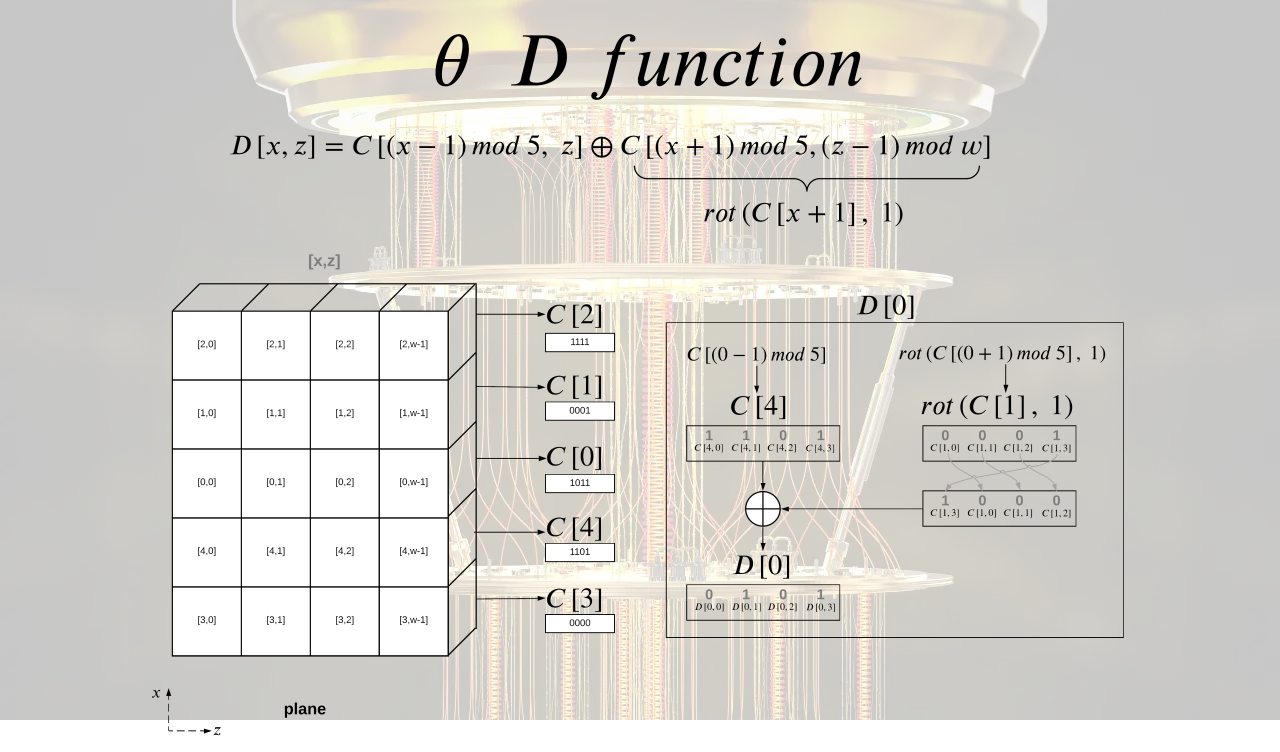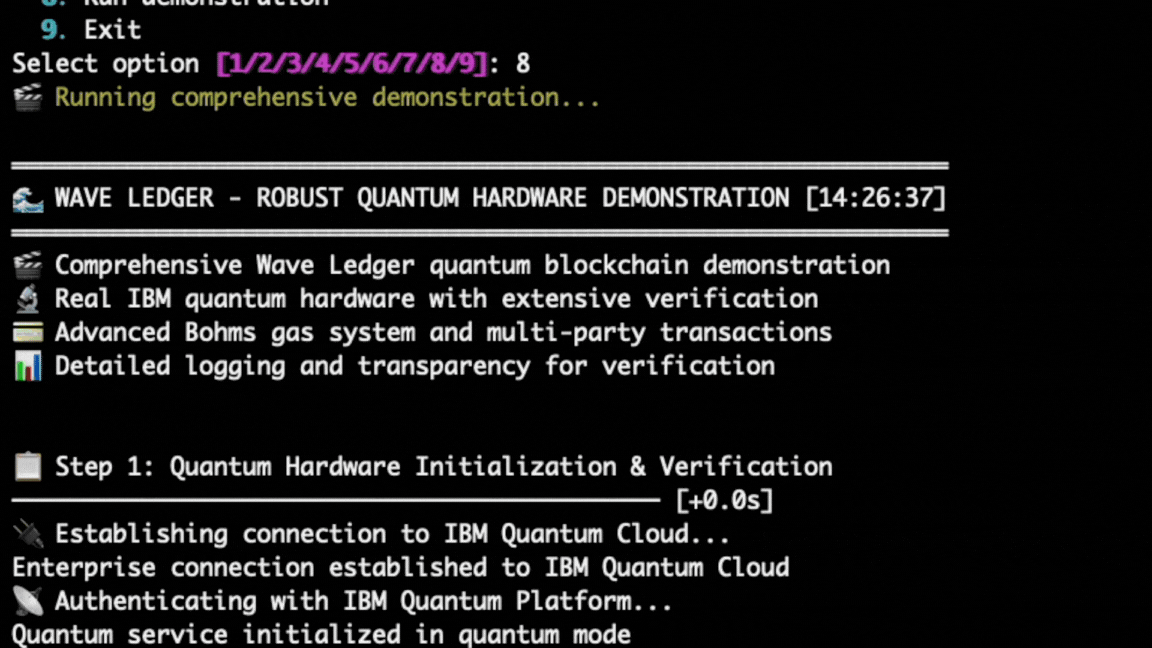
While the crypto world panics about quantum computers breaking Bitcoin, Wave Ledger is already running on them. We built the first blockchain that doesn't just survive quantum attacks—it's powered by quantum computers and secured with cryptography that quantum processors can't crack.

Wave Ledger uses three layers of quantum-resistant security on every transaction. Regular blockchains rely on encryption that quantum computers will break. Our security is built on mathematical problems that remain unsolvable even with quantum computing power.
Wave Ledger uses NIST FIPS 203 approved ML-KEM (CRYSTALS-Kyber) algorithm with 256-bit quantum-resistant keys for unbreakable security.
Advanced lattice-based digital signatures provide mathematical security that even quantum computers cannot break.
Quantum-resistant Keccak hash functions throughout the entire blockchain ensure data integrity against all attack vectors.

Wave Ledger runs on actual quantum computers. While everyone else talks about quantum threats, we're using quantum machines to make our blockchain faster and more secure.
Wave Ledger is designed to work with multiple quantum computing platforms. Current implementations and demonstrations utilize IBM Quantum Cloud services and processors like the IBM Heron R2.
True quantum randomness and quantum speedup in proof-of-work algorithms provide unprecedented mining security.
Built-in budget controls and automatic simulation fallback for practical quantum computing use across platforms.

Wave Ledger will support multiple quantum computing platforms. We currently integrate with IBM quantum systems and build new connections as additional quantum providers come online. The blockchain will maintain continuous operation across different quantum hardware.
Compatible with various quantum computing platforms while maintaining consistent security across all implementations.
Seamless operation across quantum hardware platforms ensures continuous blockchain operation.
Designed to integrate with emerging quantum technologies and next-generation quantum processors as they become available.

Wave Ledger's ML-KEM cryptography creates computational problems so complex that breaking them would require more time than the universe has existed - multiplied by trillions. Mathematical certainties based on the fundamental hardness of lattice problems that have withstood decades of cryptanalytic attacks.
10³⁸ years minimum. Every supercomputer on Earth working together would need 7.2 billion billion billion times the age of the universe to break Wave Ledger's encryption through brute force methods.
40 billion years minimum. Even with quantum speedup, that's still 3 times the age of the universe - and this assumes perfect quantum computers.
Even with perfect quantum computers utilizing Grover's algorithm, breaking Wave Ledger's lattice-based cryptography would require 725 million times the age of the universe.